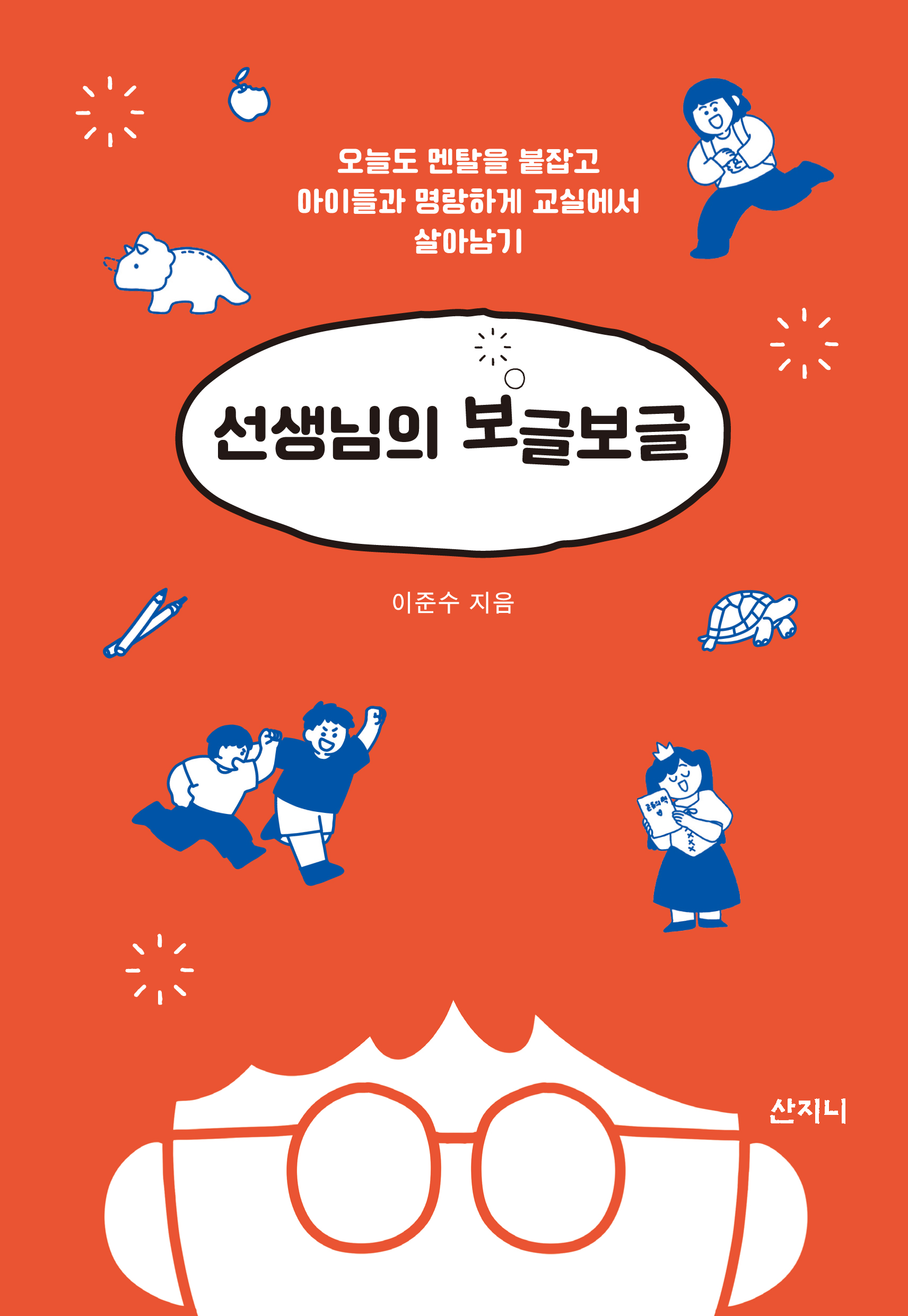
With Much Ado: a Teacher’s Story
Lee Junsoo
| Pages | 230 |
|---|---|
| Dimensions | 145 X 210 |
| ISBN | 978-89-6545-711-4 03810 |
| Price | 15,000KRW |
| Date | February 2021 |
| Contents | Essay |
*Selected as Youth recommended books in 2021
With Much Ado: a Teacher’s Story shows how an elementary school teacher, who was born in 1980, cheerfully survives with his students in class.
Here is an elementary school teacher who is quite serious and at the same time cheerful about his vocation. He is usually timid and turns a blind eye to injustices; however, once he enters the school building, he becomes a courageous and nagging person. He is not an exceedingly committed teacher, though. He is an ordinary salary man who deals with Monday morning feelings and definitely studies the principal’s face in order to pay his mortgage. One thing is for sure: He loves his school and students.
Mr. Junsoo Lee has taught at elementary schools in Gangwon-do Province for some 10 years. As he spends so much time with his students in class, he encounters unpredictable things every day. For him, a school is a movie theater that double features a sitcom and a documentary film, where he is an audience, an actor, and a producer, depending on the situation.
This book presents the story of a teacher who becomes enraged over the undecipherable mental world of elementary schoolers but, as soon as he turns around, feels like giving love to them with much ado as if nothing happened. The reader will smile at and be touched by the cheerfulness and tiredness the author exuberates in as he struggles daily between joy and sorrow.
Born in 1980, the author is as outspoken as the people of this generation. He does not spare words about the tough aspects of the school system and teaching.
The author also mentions the gap in terms of the standard of living between the students of rural areas and those of urban areas. The children of rural areas do not spend time just playing all over the mountains or fishing in rivulets. If they do not have cultural contents to enjoy, they easily fall into the lures of sensational toys such as computer games and gambling. Even in the same rural area, children’s lifestyles are different from one another, depending on the parent’s socio-economic position. As a teacher, Mr. Lee witnesses the vicious circle of health inequality and education inequality that further leads to cultural inequality every day. Something must be wrong if children belittle their birth place just because it is a countryside or rural area. Is there any way in which society can make up for the deficiency that cannot be dealt with in the household? The story of the inequality in education the author feels and experiences pertains not just to the region.
